The Aircraft Engine Found On Murray Street Does Not Belong To United 175
An Independent Investigation
Perhaps one of the most controversial pieces of evidence found on 9/11, was an aircraft engine recovered on Murray Street. The engine was officially attributed by the authorities to United 175, the alleged second aircraft that crashed into the South Tower.
Astonishingly, the National Transportation Safety Board (NTSB) who assisted the FBI in the crash investigation, admitted in a July 2008 Freedom of Information request, submitted by Aidan Monaghan, that the NTSB does not have any records pertaining to records relating to the aircraft debris being identified to any of the four named aircrafts on 9/11.
Essentially, this official response from the NTSB indicates that none of aircraft debris found on 9/11 was ever identified or matched via serial number to any of the for named aircrafts that allegedly crashed on 9/11. This is a major red flag that no attempts were made forensically by the investigative authorities to verify the engine’s origin, to prove it was from United 175.
Because of the lack of any forensic matching of the aircraft debris, this has opened up the door for endless debate and discussion between 9/11 researchers and the debunkers, of whether or not the engine on Murray Street was the engine from United 175? The other on-going argument is whether or not the engine, is the correct model engine used on the Boeing 767-222 aircraft?
In my opinion, the fundamental evidence of the debate proving whether or not the engine did indeed come from United 175 is being ignored, and deliberately ignored, because of the on-going debate over whether or not it is the correct engine model?
For thoroughness in this analysis, I am going outline both arguments which have become a distraction, but also outline the most important fundamental evidence which is being hidden, which proves whether or not the engine is indeed or not from United 175.
The Planted Engine Argument Theory:
Some researchers believe the engine was planted on Murray Street, being as it appeared to come to rest under horning and scaffolding, combined with the fact that there is no visible signs to the surrounding area of the engine impact with the ground.
Engines of a 767 weigh approximately 8000 pounds each, surely there should be some kind of signs of impact?
Is it be possible the engine came to rest after bouncing several blocks?
It is alleged the engine collided with the 45 Park Place building, before it came to rest on Church and Murray Street. See below:
Photo by George Bell/ Moody's EPSN0064
The trajectory and location of the engine, appears consistent with the alleged engine exit from the South Tower.
The Wrong Engine Specification:
Researchers suggest that the engine found it Murray Street is the wrong engine compared to the specification of the engine used for United 175.
We were told by the authorities, United Airlines “Flight 175” crashed into the South Tower on 9/11. Its tail number was: N162UA. It was a Boeing 767-222.
Source: http://aviation-safety.net/database/record.php?id=20010911-1
United 175 aircraft had two Pratt and Whitney JT9D-7R4D engines.
Below, is the cooling duct assembly used on the JT9D-7R4D, which was the engine used for United Flight 175:
Source: http://ckpi.typepad.com/.a/6a00e00982d2c988330120a5bf649d970c-500wi
Below is a photo of the engine found on Murray Street, with inset image showing the type of cooling duct assembly.
Source: http://ckpi.typepad.com/.a/6a00e00982d2c988330120a758572b970b-500wi
The name of the component is HPT Stage1 Cooling Duct Assembly. See image below:
This component was part of the early JT9D-7 series engines that were used in development of Boeing's 747 line of aircraft. The "7" series engines have gone through many revisions but are exclusively used on 747's. Many years later, P&W decided to work with NASA in the development in a new technology to improve engine performance and reliability. This improvement was made specifically to this section of engine. Tangential On-Board Injection (TOBI or "R" for Radial) was the newest improvement to reduce nozzle temperatures by over 2% which could open the door for a more powerful engines based on the "7" series engine. The new model of engine would be called 7R4+Revision Letter. The 7R4D engine is the one that is specified for United Airlines Boeing 767's.
The engine found at Church and Murray doesn’t seem to be a 7R4D, it appears to be a 7J. The only way to confirm this is to search for the engine and take a look at the diffuser casing to verify a match.
Below is a photograph of a stripped down 747 engine, which shows the diffuser casing, which is a perfect match.
Photo Source: http://ckpi.typepad.com/.a/6a00e00982d2c988330120a568bf6c970b-500wi
Take note of the arrows to see that they match the JT9D-7 series engine on the 747 shown in the photo.
Photo Source: http://ckpi.typepad.com/.a/6a00e00982d2c988330120a5bf5ddd970c-500wi
This positively indicates two data points that the Murray Street engine is a Pratt and Whitney JT9D-7 series engine:
1. The HPT Stage 1 Cooling Duct Assembly which the manufacturer indicates is for use only with the 7 series engine.
2. The diffuser casing of the Murray Street engine, matches perfectly the diffuser casing of a 747 engine for the Boeing aircraft that the JT9D-7 series engine was exclusively used.
The data seems to indicate that the Murray Street engine is not a JT9D-7R4D engine, as would have been on United 175. If that is the case, then how did a 7-series 747 engine end up on Murray Street?
The debunkers refute this evidence of course, and here’s why
The claim that the 767 engine was a JT9D-7R4D, but the part was for a JT9D-7A has been refuted by Fred Roble, who is an Aircraft & Aviation Maintenance worker. On April 29th , 2017, Roble posted a photograph of the TOBI duct. See below, a JT9D-7RD4 with what looks like the same duct.
Photo By Fred Roble: Pratt JT9D-7R4D aircraft engine buildup.
Source: https://www.metabunk.org/threads/explaining-the-9-11-murray-st-engine-from-flight-175-n612ua-that-hit-wtc2.9022/
Roble said: The TOBI duct, which provides cooling air to the High Pressure Turbine disk, pokes out amidst a sea of clear plastic wrap, as it encircles the engine center shaft area. We keep the plastic wrap over the outer part of the engine, to keep from dropping things down into the combustion can, through the NGV assemblies, which ring the outside of the area.
The photograph shows the TOBI duct, however, the problem is, the plastic wrapping obscures the rest of engine, so it is not absolute proof for identification.
Roble followed up with more photographs, showing a final area inspection of the aft end of the Diffuser case/Combustion module, before installing the HPT over top of it.
Fred Roble Photo: Pratt JT9D-7R4D Assembly
Source: https://www.metabunk.org/threads/explaining-the-9-11-murray-st-engine-from-flight-175-n612ua-that-hit-wtc2.9022/
Below, is a photograph showing the relative size of the engine part to the whole engine.
Photo Source: https://www.metabunk.org/threads/explaining-the-9-11-murray-st-engine-from-flight-175-n612ua-that-hit-wtc2.9022/
Again, none of the photographs show clear cut proof other than Fred Roble’s word, that this is Pratt & Whitney JT9D-7R4D. I have knowledge that Rob Balsamo, co-founder of Pilots for 9/11 Truth, challenged Roble about his claims, however since the Pilots For 9/11 Truth Forum has since closed down, it difficult to verify the outcome if any to Balsamo’s challenge to Roble. Plus, Balsamo has since passed away, to obtain first hand if any other information surfaced from Roble.
Because there is no clear cut evidence, this debate carries on, and has become a distraction of is it or isn’t it the correct engine, when in reality we already have the evidence proving beyond doubt that the engine, whether it is the correct model or not, cannot be from United 175.
Why the engine found in Murray Street is NOT from United 175 Aircraft:
United 175’s Aircraft Communications Addressing and Reporting System (ACARS) Messages which were obtained through the ‘Freedom of Information Act’ (FOIA) demonstrate that United 175 aircraft received messages through ground stations located in Harrisburg, Pennsylvania, and then later from ground station in Pittsburgh, 20 minutes after the aircraft “allegedly” impacted the South Tower in New York.
The “official” ACARS data does not support that United 175 deviated off course and flew back towards the New York area and then crashed into the South Tower. Instead the ACARS data messages show United 175 continuing its flight path and registering two “received” ACARS messages by the plane at 8:59 a.m. and 9:03 a.m. in Harrisburg, Pennsylvania which is in the opposite direction to New York.
The image below it shows the first ACARS message received at 8:59 a.m. as United 175 is “allegedly” flying towards the South Tower in New York.
The image below shows the second ACARS message received by the plane at 9:03 a.m. as United 175 is “allegedly” about to crash into the South Tower in New York at 9:03 a.m.
The image below shows a third ACARS message which was sent to United 175 located from Pittsburgh ACARS ground station at 9:23 a.m. The 9/11 Commission omitted whether or not this ACARS message was received by the plane. Why did they omit this information? It is more than likely it was received by the plane based on the previous two messages showing that the plane was travelling in that direction away from New York area, which is why the ACARS ground stations were sending the messages from those ACARS ground station locations.
Based on Flight Tracking protocol, the only reason the Central Processing System would choose to route messages through the ground stations located at Harrisburg (MDT), and then later Pittsburgh (PIT), over the numerous ground stations much closer and surrounding NYC, is due to the aircraft being in the vicinity of MDT, and then later, PIT. This means that the aircraft observed to strike the South Tower at 9:03a.m. was not United 175.
So, if United 175 was somewhere over in Pennsylvania when the aircraft was observed to strike the South Tower, and a standard 767-222 cannot perform at such excessive speeds as reported, then where did the aircraft come from which was observed to strike the South Tower?
Further corroboration comes when an ARINC Expert was contacted in San Francisco. When told about the ACARS message being routed through PIT after the aircraft had already “allegedly” crashed into the South Tower, this is what she had to say:
"There is no way that message would be routed through Pittsburgh if the airplane crashed in New York City"
The 9/11 Commission didn't confirm or mention in the report if the 9:23 a.m. ACARS message to the aircraft was received, after the two last known ACARS message at 8:59 a.m. and 9:03 a.m. messages were received by the aircraft. The 9/11 Commission ostensibly omitted, and avoided this specific point. If the ACARS message sent at 9:23 a.m. to the aircraft was received by the aircraft after the “alleged” crash at 9:03 a.m., this would be very damaging for the "official" narrative of United 175, if indeed the 9/11 Commission confirmed the 9:23 a.m. ACARS messages had been received by the aircraft.
As I have pointed out, it is a “officially” recognised fact, that flight dispatcher Ed Ballinger, United Airlines in command for all East to West coast flights on the morning of 9/11, sent an "uplink" ACARS message to United 175 at 9:23 a.m. routed through an ACARS ground station in Pittsburgh twenty minutes after the “alleged” crash of United 175. into the South Tower, not only from the logs from the print-out of United Airlines ACARS record log from Ballinger's desk, as provided by Ballinger himself to the 9/11 Commission and eventually released in 2009, and addressed by Team 7 during Ed Ballinger's interview on April 14, 2004 in Washington, DC.
Unknown to many people, Ballinger sent a subsequent ACARS "uplink" message to United 175 at 9:51 a.m. which is 48 minutes after United 175 had "officially" crashed in New York, and 28 minutes after the previous ACARS message sent to the aircraft at 9:23 a.m. This information is contained in the “official” record, released through a FOIA in 2009 called: T7 B18 United AL 9-11 ACARS Fdr- Entire Contents- ACARSMessages 569.pdf.
The 2009 FOIA document contains a chart of messages to and from United Airlines aircrafts from 13:00 to 14:08 UTC, including United 175 and United 93. Unlike the Printout of ARINC logs released December 2011. This document clearly reports the stamp "WARNING: THIS DOCUMENT CONTAINS SENSITIVE SECURITY INFORMATION" on each of the 66 pages, as required by the ‘Department of Homeland Security’, and in particular the ‘Transportation Security Administration’ under 2003 CFR Title 49, Volume 8.
The fact that all "downlinks" (air-to-ground messages sent from aircraft to dispatchers) appear as unreadable or hardly readable, for some unspecified reason, these rows were apparently marked with a yellow highlighter or a similar tool in the original paper record, as confirmed by the warning notes "Messages from aircraft are shaded" reported on each page. As known, shaded text portions have a very bad rendering once xeroxed or scanned.
As a result, the downlink rows in the chart are probably well readable in the original paper version, but in the PDF publicly available they appear as they were "masked out". In some cases, it is possible to read the UTC time, the flight number, the tail number, the targeted dispatcher (EB = Ed Ballinger or CM = Chad McCurdy), the route and at least part of the text message behind the highlighting. In other cases, it is completely impossible to figure out the text behind the dark shade.
Another surprising aspect of this document is the fact that the timeline ends at an abnormal and unusual time of 14:08 UTC (10:08 a.m. EDT). As widely known to many ACARS researchers, seven uplink messages were sent out from United Airlines dispatchers to United 93 between 14:10 UTC (10:10 a.m. EDT) and 14:20 UTC (10:20 a.m. EDT) in messages: 18 - 25 in Winter's list, and therefore they are not reported in this document.
While there is still fierce debate as to whether which messages were received by the aircraft, it is an ascertained and unquestionable fact that they were sent. Furthermore, I would expect that the timeline would end at least at 14:30 UTC (10:30 a.m. EDT), if not later, so that all messages related to United 93 would be included in the chart.
Strangely, messages to and from other United aircrafts of secondary importance were included in this table, but for some unknown reason the last seven messages to United 93, one of the four aircrafts involved on 9/11, were not. The fact that the timeline ends at an unexpected time such as 14:08 UTC, (10:08 a.m. EDT) along with the exclusion of messages to United 93 which are of vital importance for the ACARS research on 9/11, is very suspicious indeed.
In spite of all the redactions and missing data, this document uncovers information of importance for the purposes of ACARS research at page 48: at 13:51 UTC (9:51 a.m. EDT) Ballinger sent a number of uplinks (the same messages) to several United aircrafts, including United 93 and United 175 saying - "LAND ASP AT NEAREST -- NEAREST AIRPORT.ASP .ASP ON GROUND.ANYWERE".
Also, messages were sent to Flight 8151, 63, 17, 163, 8146, 27, 8155, 81 and 161, and in some cases twice to the same aircrafts within the same minute, see pages: 48 and 49.
Conclusion:
Based on the official ACARS telemetry data, it is conclusive evidence that United 175 was not near New York at 9:03 a.m. for the aircraft to have crashed into the South Tower. This is devastating evidence, not only for the for the official narrative, but also for the whole debate surrounding the identity of the engine found in Murray Street.
Clearly, the engine could NOT belong to the United 175 aircraft. This is also why, neither NTSB or FBI in their investigations forensically matched any of the aircraft debris via serial number to the United 175 aircraft, because none of the debris belonged to United 175, because United 175 was flying over Harrisburg and Pittsburgh, which is nowhere near New York.
Essentially, the whole debate of what specified model the engine is, or is not, it is to some degree irrelevant. It is my contention that the endless debating and arguing amongst researchers and debunkers has been deliberately facilitated in order to keep people’s attention away from the “real” important ACARS telemetry data evidence, which conclusively proves the engine could NOT have originated from the United 175 aircraft.
Thank you for reading and caring!

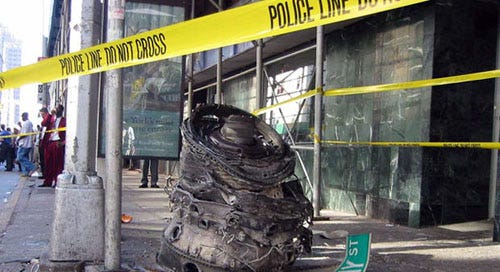



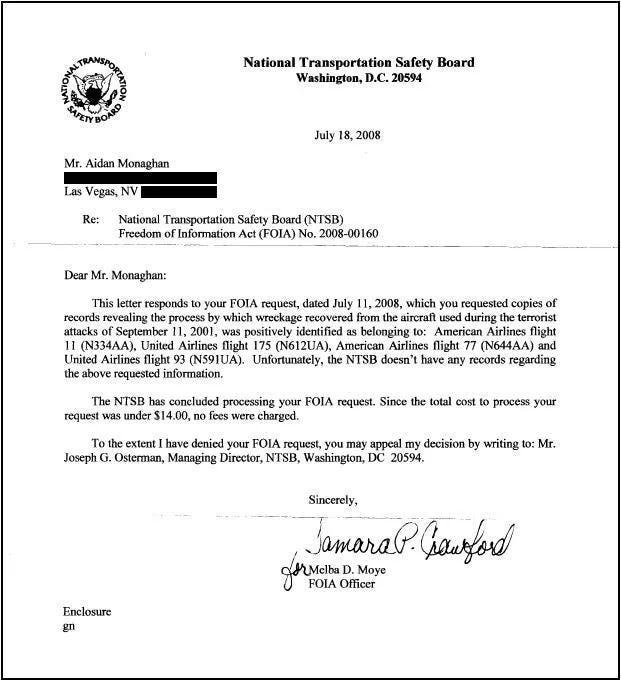

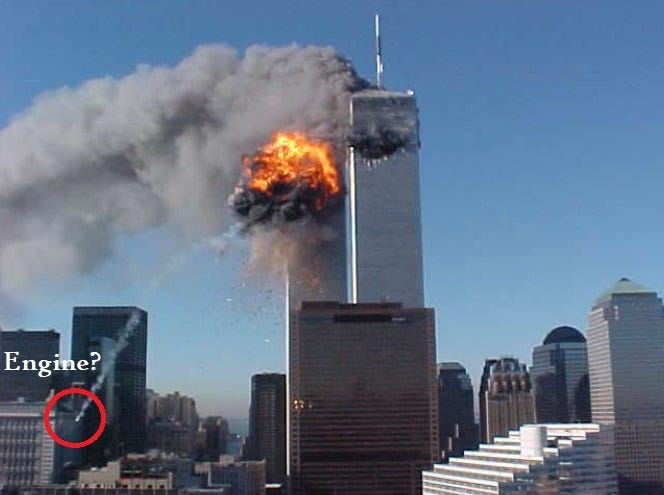
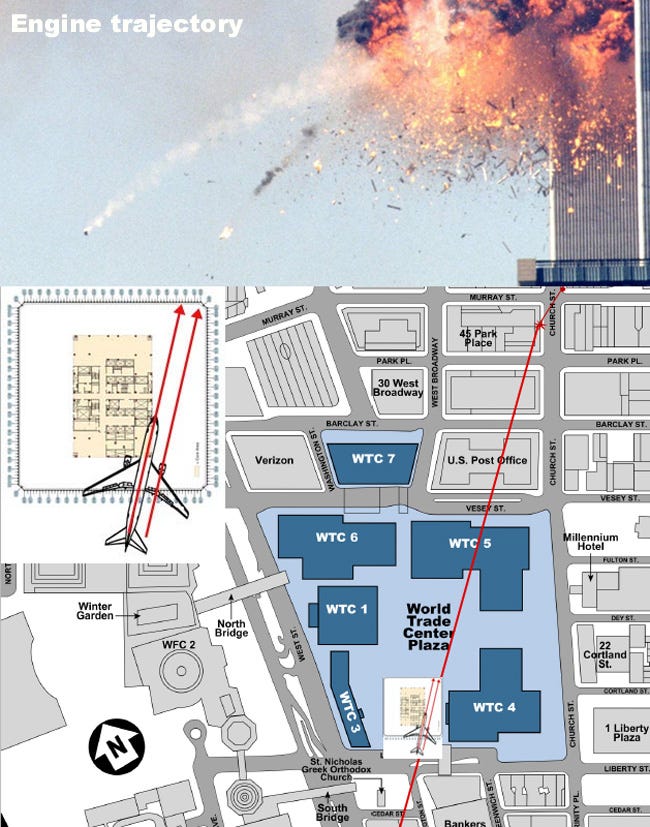
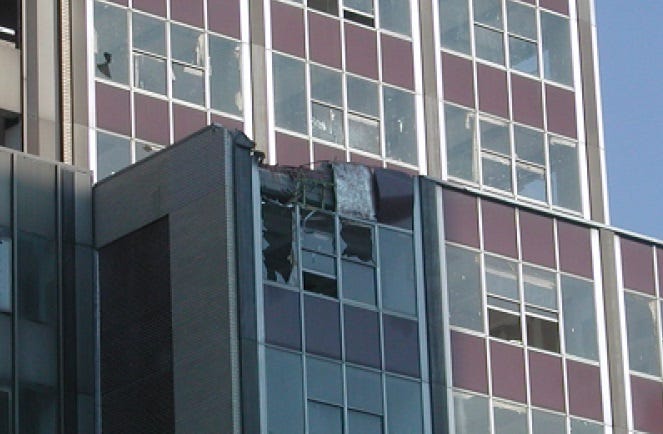
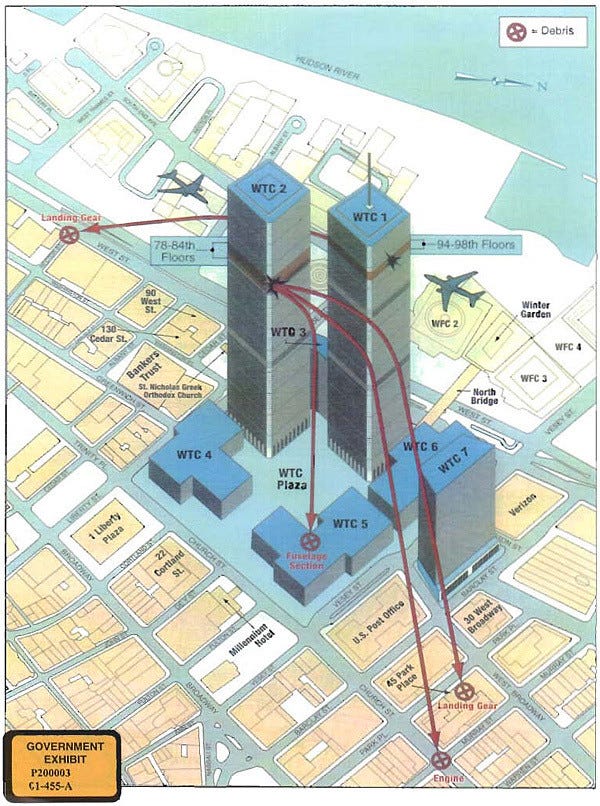
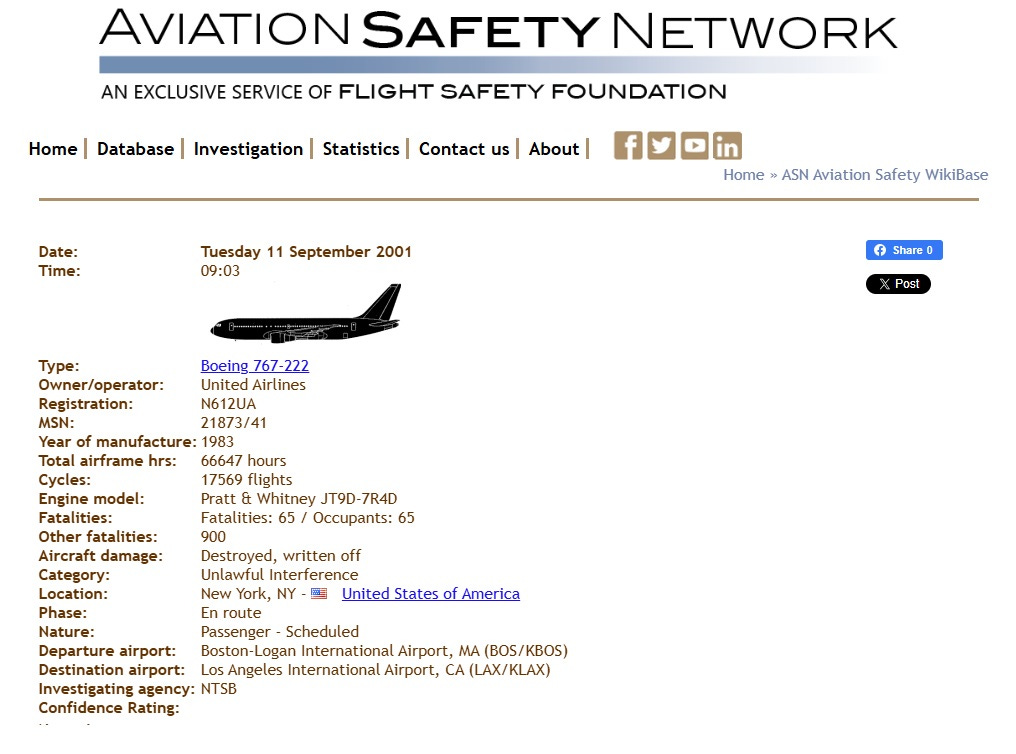
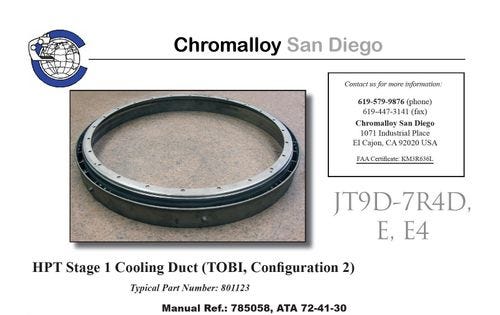
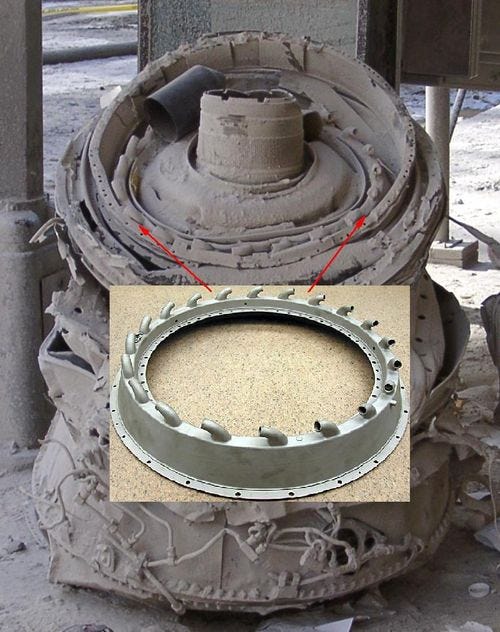
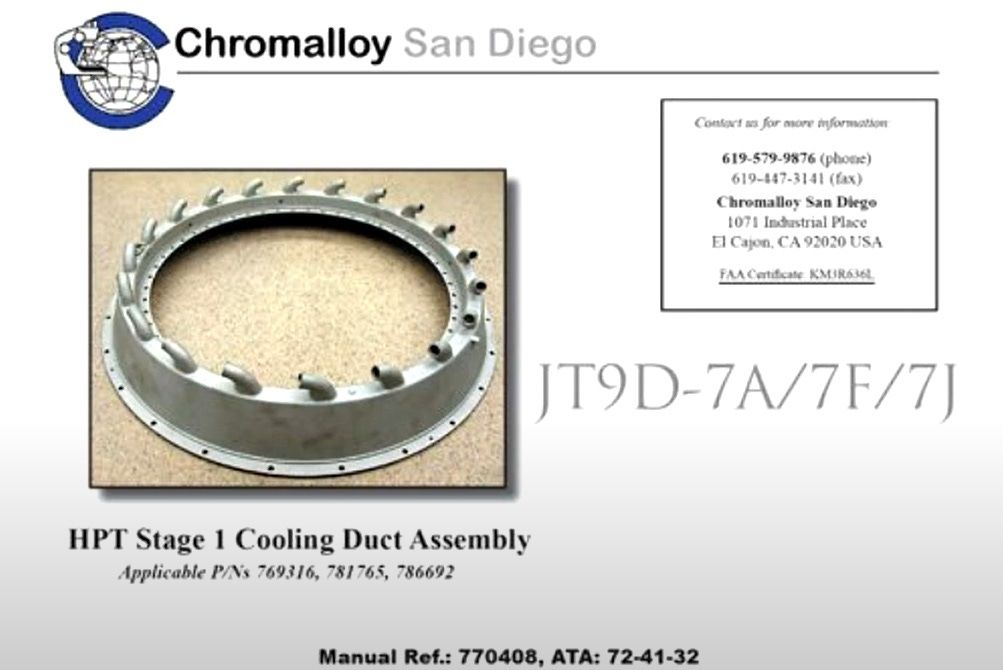
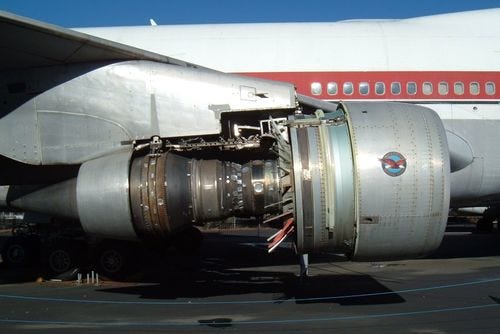




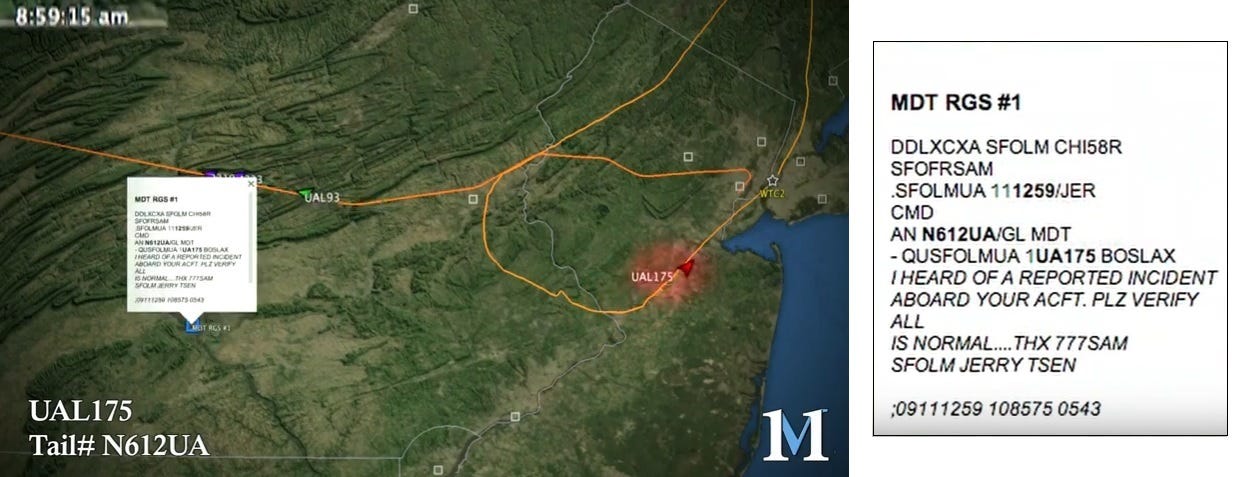
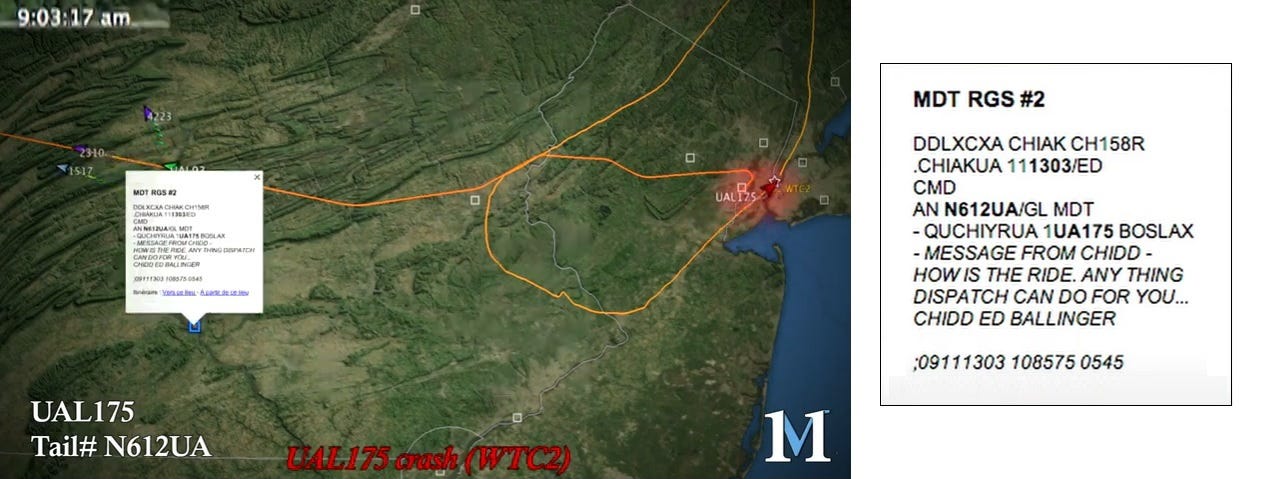
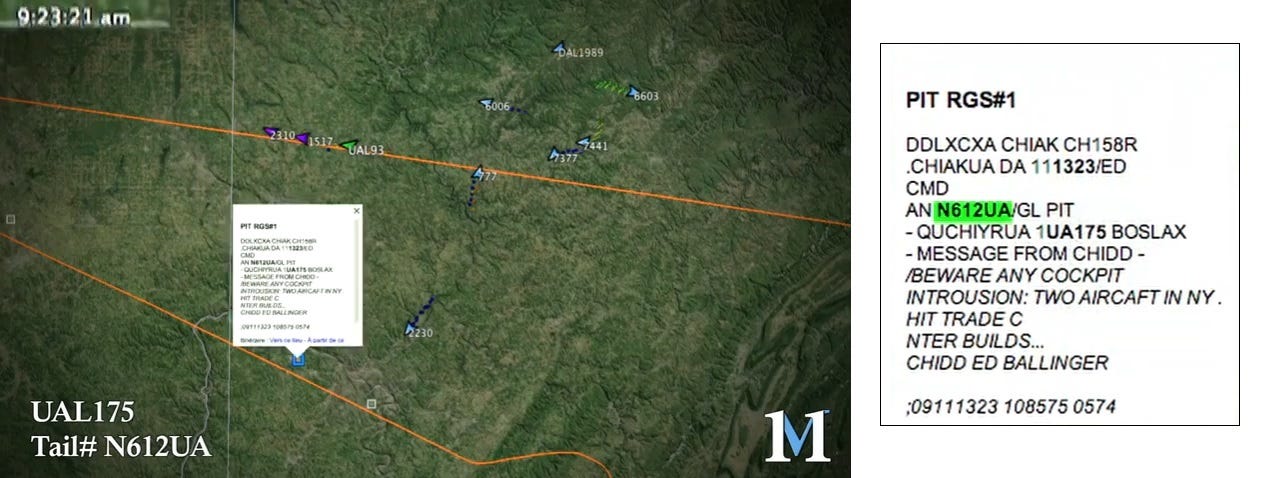
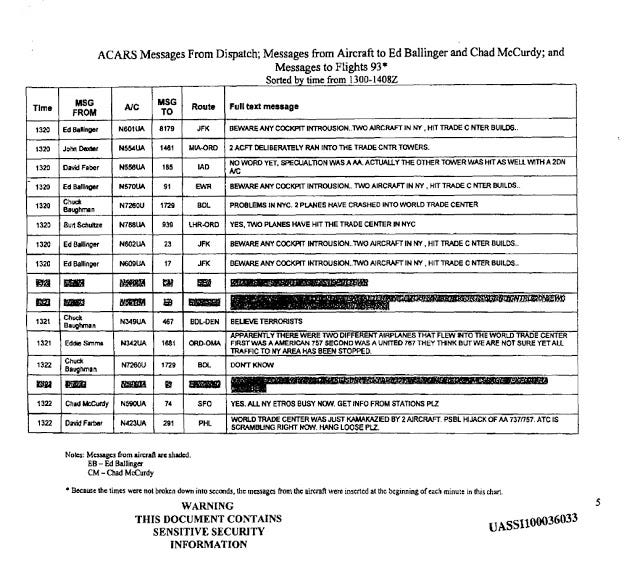
So many layers to the onion which is 9/11, in order to distract people away of what really happened to 7 buildings with a WTC prefix on September 11, 2001.
Another stellar article that normies and debunkers need to read.
Can't wait till you finish your book...
The most obnoxious wrong piece of plane debris evidence is in this article I wrote here: https://911planesresearch.substack.com/p/was-the-wrong-plane-debris-planted